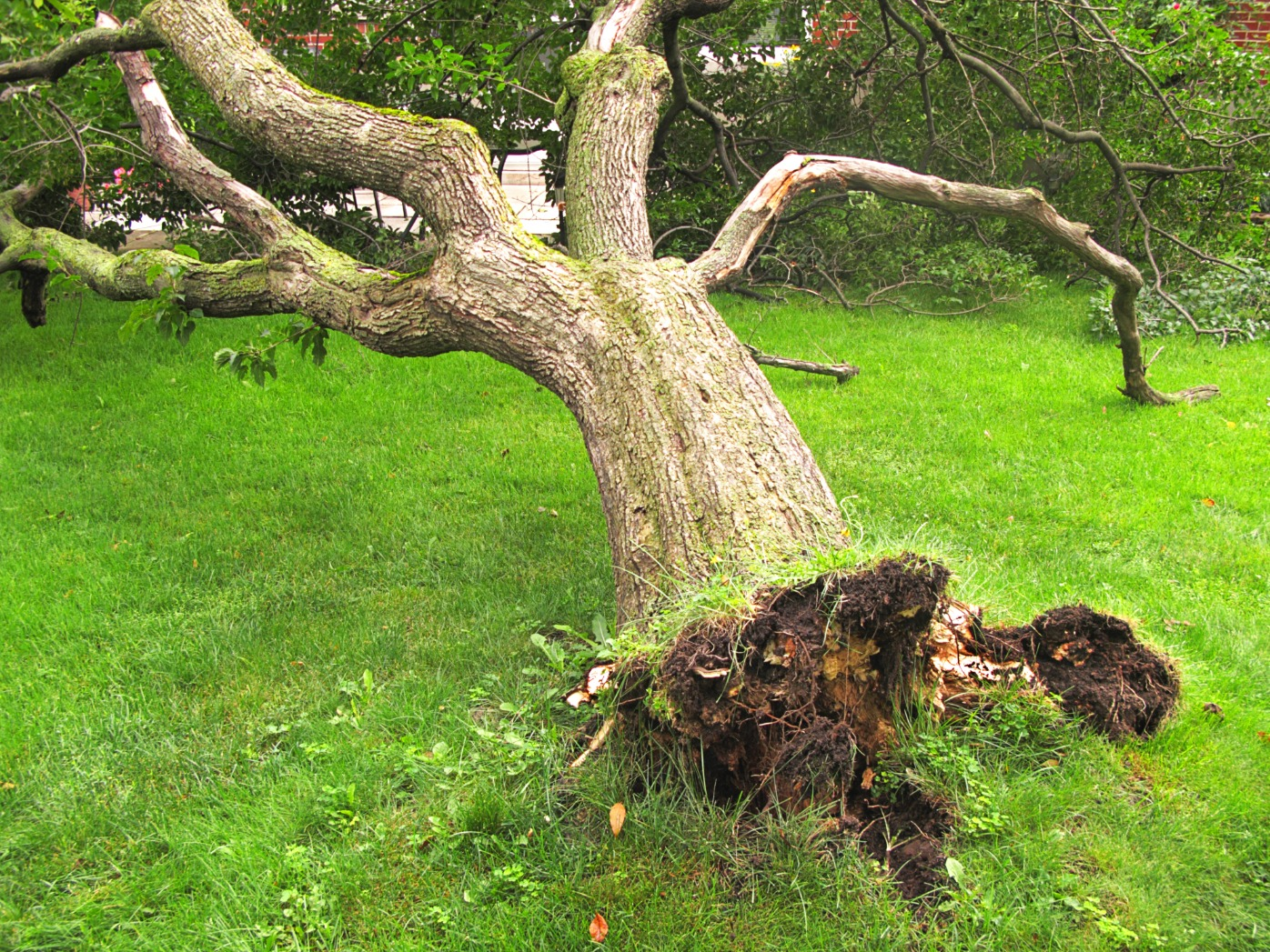The job of removing trees can be exhausting and dangerous, so make sure you exercise an abundance of caution when undertaking this task yourself.
The job of removing trees can be exhausting and dangerous, so make sure you exercise an abundance of caution when undertaking this task yourself. Trees can be uprooted for a variety of reasons, including storms, hurricanes, tornadoes, and earthquakes. Also, old trees can fall over naturally. Before disposing of a tree on your own, it is a good idea to find out why the tree fell and who is responsible for cleaning up the fallen tree. Unfortunately, trees are often the cause of neighborhood discord and lawsuits when they are planted, saved, or removed.
Once you determine that a tree is on your property, the responsibility for its removal will fall on your shoulders. You are free to remove it yourself or hire a professional arborist to do it for you. Not only is it an eyesore, but it can also cause further collapse, further damaging your property and endangering the lives of your family.
If you decide to remove the tree yourself, here are some tips to help you get rid of it.
1. Determine if you need a permit to remove the fallen tree.
Most states have regulations regarding the removal of trees from your property, regardless of whether or not the tree has fallen. Even if the tree is on your property, you should contact your local government to see if you need a permit to remove the tree, as its removal may affect the surrounding environment. 2.
2. Ask for help.
Depending on the size of the fallen tree, it may be a good idea to call a friend who can help you with the task. Removing a tree is a lot harder than you think, so having another set of hands can make the job easier. It is also a good idea to have another person who can call for help in case you get injured or trapped in a tree. 3.
3. Use appropriate safety gear.
Tree trimming and removal is not only time-consuming but also dangerous. Professionals are required to wear protective gear from head to toe, so it is a good idea to refer to that. Also, if you have never used a chainsaw before, avoid using it if possible. 4.
4. Make sure the area surrounding the tree is safe.
Before you start working, make sure the area surrounding the tree is safe. If there are power lines, it is highly recommended that you stop the work and hire a professional. Do not remove the tree by yourself even if you are sure that the power is off. If there are no power lines near the tree, please make sure that the tree is not obstructed in any way before proceeding. 5.
5. Start with the branches.
After cutting the smaller branches, start cutting the larger ones. However, if there are large branches supporting the tree, leave them on the trunk to prevent the tree from rolling or moving. Work your way around the tree until it is bare except for the large branches that are supporting it. 6.
6. Chop the tree down into smaller pieces.
After chopping off the branches, separate the tree into smaller pieces that are easy to eat. If you are using a chain saw, make sure you know how to use it safely. If the chainsaw stops working, turn it off immediately, remove the blade from the tree, and then turn it back on. It is dangerous to pull the chainsaw by force, so it is best to use a wedge to remove it from the tree.
Remember that removing a fallen tree, especially a large one, is a job for an experienced professional. It is not worth risking your safety and well-being in order to save money.
